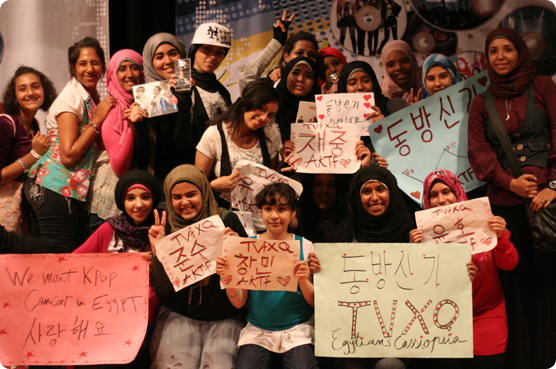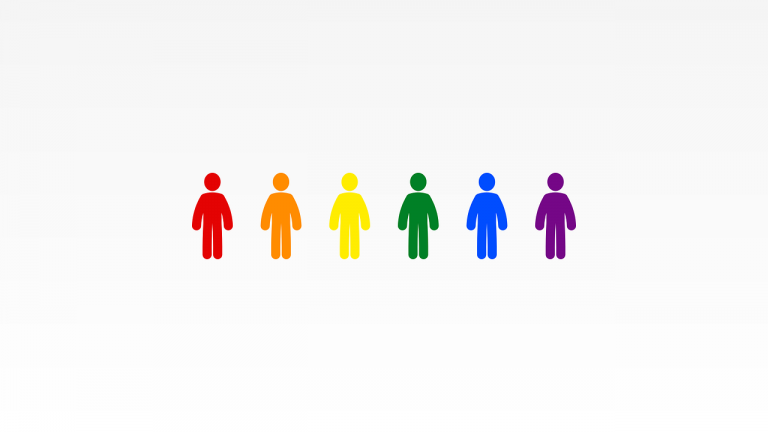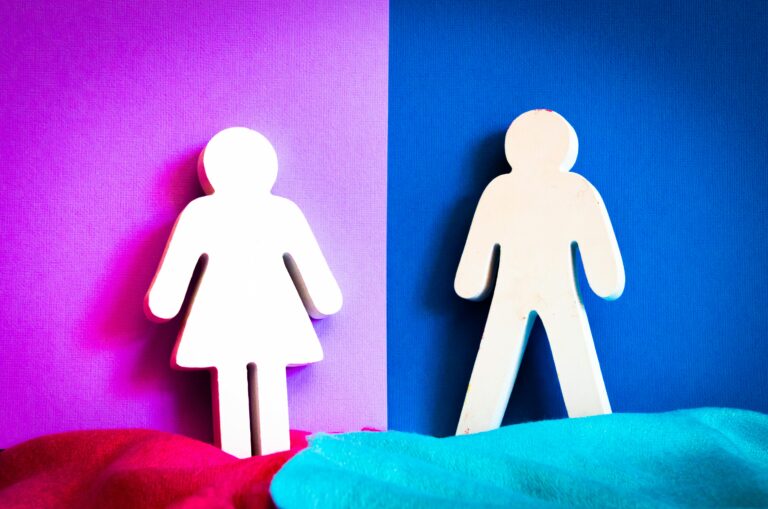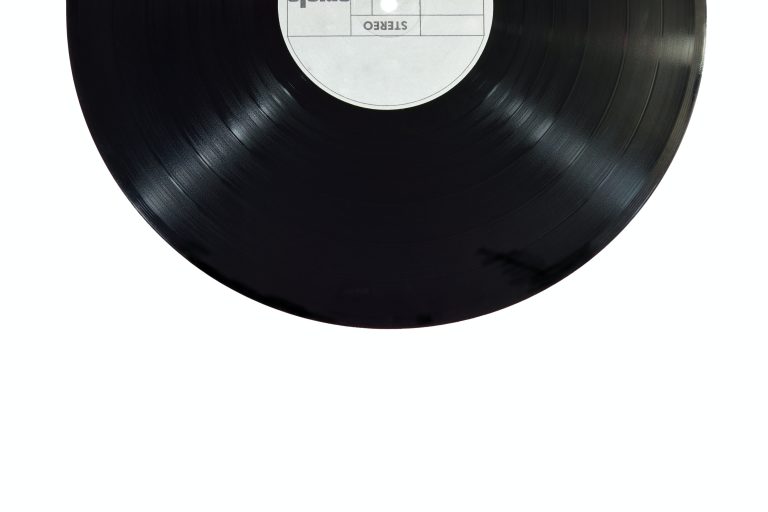Globalization of K-pop: How Diverse is the K-pop Fandom?
When PSY’s “Gangnam Style” blew up worldwide in 2012, K-pop was still a niche interest.
It wasn’t until 2017 that K-pop started seeing exponential growth around the world, especially in the west. The increasing popularity of K-pop globally has exposed various people to the genre and created an ever-increasingly diverse fandom.
How the Data is Collected
Most research on the demographics in the K-pop fandom is conducted through social media, which many fans use to keep up with their favorite artists and to connect with other fans. While not all K-pop fans are online, it is one of the easiest ways to reach large numbers of fans globally.
This article will largely focus on the demographics of fans who use social media sites. I made a survey and posted it on Twitter and Instagram, and while it has its limits, this article will be analyzing the collected data.
Nationality and Language
Despite hailing from South Korea, K-pop is not the most popular there. In fact, Indonesia has some of the most K-pop fans. A study analyzing Spotify listeners, Instagram followers, and YouTube views found that Indonesia, along with Thailand, is the largest importer of K-pop in Asia.
Mexico contributes the highest percentage of Spotify listeners and YouTube views from the Americas. The U.S. and Chile are also major contributors. In the 2021 Reddit K-pop fandom survey, 52.2% of respondents were from North America and 4.2% were from South America.
Since most K-pop fans are not Korean, it is not surprising that the vast majority do not speak Korean. In my survey, 46.6% of respondents do not speak any Korean, but about 40% have started learning because of K-pop. In the Reddit survey, 75% spoke little to no Korean, and almost 50% had an interest in learning. Only 2.5% to 4% of fans are fluent in Korean, meaning that most fans cannot understand the lyrics.
Race and Ethnicity
Multiple studies have shown that the K-pop fandom has a white majority: white non-Hispanic people make up anywhere from 43% to 46% of the global K-pop fandom. The numbers are comparatively smaller for East Asian (7% to 17%), Southeast Asian (8.5% to 16%), Hispanic/Latino (9% to 16.5%), and multiracial (6%) fans.

Among American fans, though, there is less diversity. 76% are white non-Hispanic, which is disproportionately higher than the national rate of 61.6%. Asian people, who make up 8% of American fans, are also represented at slightly higher rates in comparison to the general population (6%). Meanwhile, Hispanic/Latino and Black people, who each make up about 8% of American K-pop fans, are underrepresented in the K-pop fandom in comparison to the general population.
Age
There is a stereotype that most K-pop fans are teenage girls, and while it is true that most K-pop fans are young, there are many over 18. Different surveys show either the under 18 or 18 to 25 age ranges as the largest age demographic.
However, the demographics from the Reddit survey show something different: almost 40% were aged 25 to 34, and only 8% were under 18. While this could be because less minors use Reddit overall, it shows that lots of adults are also enjoying K-pop. 13% of Black and Hispanic millennials and 10% of white millennials in the United States are K-pop fans.
Gender and Sexuality
K-pop fans also overwhelmingly identify as female. With the exception of Reddit, where 52.6% identified as female, most studies have 70% to 80% female respondents. My survey had the fewest male (4.7%) but the most non-binary respondents (8.9%). Others have anywhere from 26% to 40% male respondents, but only 1% to 3% non-binary.
While the stereotype exists that many young fans are attracted to their idols, either physically or sexually, this is often untrue. Of the respondents in my survey who prefer male groups or soloists, less than 31% identify as female and heterosexual, and less than 2% identify as male and gay. Of those who prefer female groups or soloists, less than 23% identify as lesbian, and 3% identify as male and heterosexual.
In the Reddit survey, there were some similar results. Those who are female and heterosexual equally liked male and female K-pop artists. Gay and bisexual men largely preferred female K-pop artists. Only lesbian/bisexual women and heterosexual men preferred K-pop artists of the gender they are attracted to.
Breaking Stereotypes
K-pop carries a lot of stereotypes, one of the most common being that the fandom mostly only consists of heterosexual (often Asian) teenage girls. People also often question how fans can like K-pop when they can’t understand the language.
The data, however, speaks to a different narrative. While many fans do fit the stereotype, there are even more who do not. Fans don’t have to understand Korean to enjoy K-pop. Instead, K-pop music has transcended language and cultural barriers and is enjoyed by people of all ages, races, and genders worldwide.






